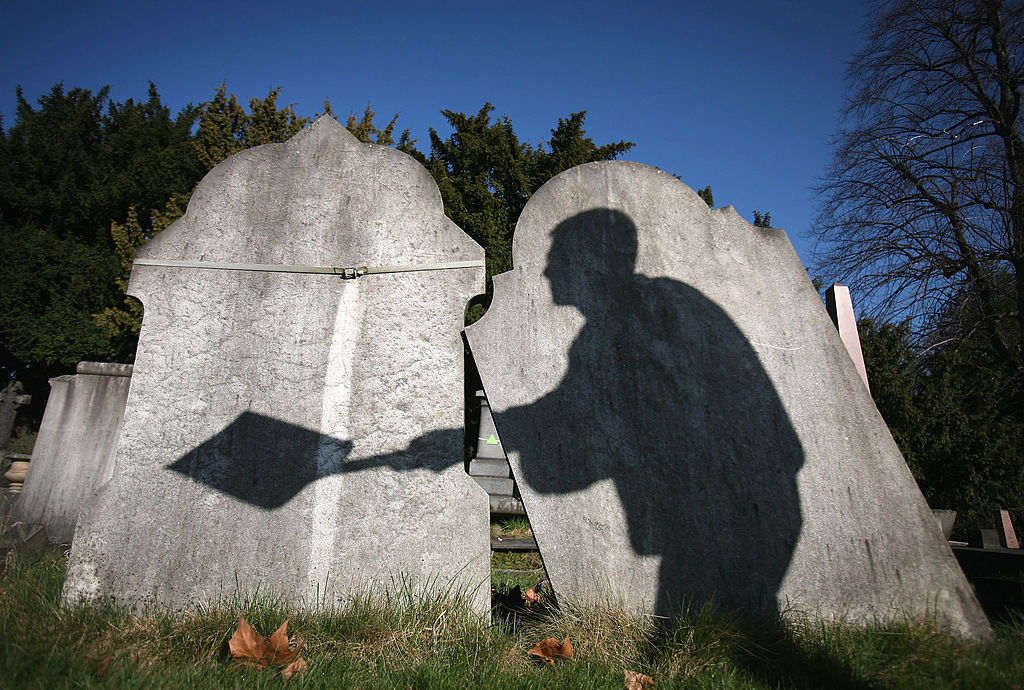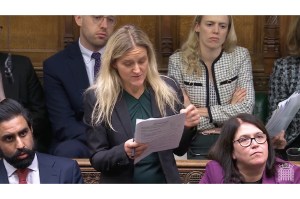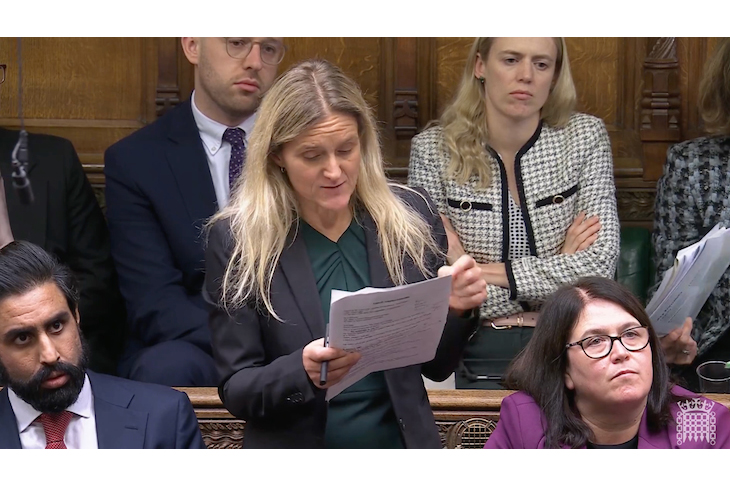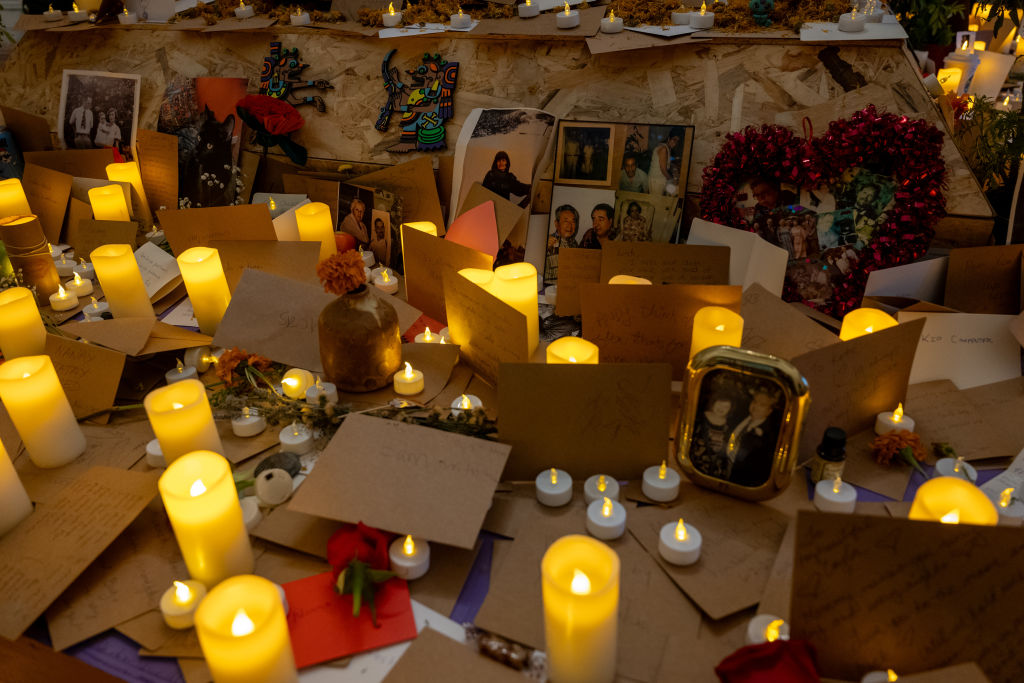On a hillside on the outskirts of my town is an expansive cemetery where more than 20,000 of Philipsburg’s ancestors have been laid to rest since 1869. For decades, its thirty or so acres have been cared for by three dedicated men who dig and fill graves, mow and trim the grass, repair equipment, patch and plow roads, maintain old headstones and gather leaves “for next to nothing,” as Paul Springer puts it. This work must “go on constantly,” says Paul, but changes in the mores surrounding death mean “generating the income necessary to support these activities is becoming impossible.”
Paul is my friend and one of those indispensable do-ers small towns across the country rely on to keep things ticking. For ninety-three years, and until Paul’s retirement last year, the Springers provided headstones and other memorials to the community. Through the family business and his involvement in the Philipsburg Cemetery Corporation, a nonprofit organization operated by a consortium of six local churches, Paul has witnessed how, “in the space of twenty years, the cemetery went from worrying about running out of lots to sell to worrying about selling any lots at all.”
The problem the Philipsburg Cemetery faces is one Paul says is “everywhere, all over the country.” US Funerals Online, a “death care industry” resource, reported in March that “this year the cremation rate is predicted to reach close to 60 percent, with a forecast that the national cremation rate will now reach 80 percent by 2035.” In a piece published last year, the Washington Post reported on estimates from the Cremation Association of North America that “20 to 40 percent of cremated remains are interred in a cemetery — placed in the ground or a columbarium, a storage area for urns — while 60 to 80 percent are buried in another location, scattered… or kept at home, on the mantel or stashed in a closet.”
“If they’re not placed in the ground, they don’t need a cemetery plot, and they don’t need a headstone,” Paul says, “so the flow of funds has become a serious issue as time has gone on.”
According to Paul, when a burial plot is sold, a portion of the purchase price is transferred to a state-mandated perpetuity fund.
“You’re allowed to use only the interest that accrues on that fund to maintain the graves and care for the cemetery, unless you get a court order,” Paul explains. “We have been back to the court four times to take money out in the last ten years because we can’t make it on the lots we’re selling and the graves we’re digging.”
To put things in perspective: last year, the total income from burials and gravesite sales amounted to $54,000, which simply isn’t enough to pay the full-time employees who “kill themselves,” says Paul, mowing and trimming the grounds every week; cover insurance; heat the maintenance buildings; buy gas for the machines, pay for repairs and so forth.
Cemeteries like ours “saw their best days prior to 1900,” says Paul, who reckons 80 percent of the lots were sold before 1950 for $5 or $10 apiece. The idea of “perpetual care” — a notion Paul labels “preposterous” — wasn’t implemented until relatively recently. Well into the 1900s, families with loved ones buried in the cemetery were sent a postcard asking them to contribute a nominal fee — $2 or so — to the “annual care” fund. As people moved away and social norms changed, there was no way to collect the payment. Now, says Paul, “these places get mowed and taken care of for nothing.
“We’ve had the same income for fifteen years,” Paul rejoins. “How much have prices gone up in fifteen years? Our dump truck tells the whole story. It’s more than forty years old and is hanging by a thread. It has not one matching fender, hood, door. Everything on it has been replaced by the junkyard with another part because it’s all ancient and they don’t even make those parts anymore.”
Barring some sudden societal attitude shift or economic change — 2021 data from the National Funeral Directors Association put the average cost of a traditional funeral with burial at $7,848, whereas US Funerals Online reports “a direct cremation is generally the lowest-cost method of disposition,” costing as little as $750 — maintaining community cemeteries will continue, as Paul says, to be a “constant and continuous challenge every year, every week, every day.”
The Philipsburg Cemetery corporation is exploring having the borough assume care of the property, since grants enable municipalities to purchase new equipment. Still, manpower is a conundrum, as are laws regulating the use of tax money for cemetery maintenance.
Given the cemetery’s current expenses and income, Paul estimates the corporation has at most eight years until the perpetual care trust is exhausted.
“In thirty or forty years, when the money’s long gone, and nobody cares, and the grass is ten feet tall and trees are falling over and stones are falling over, how’s that going to look? What kind of an advertisement is that for your town? People have revered and put up monuments and had respect for the people who came before them forever — that’s what the pyramids are — and it just doesn’t seem like people care about that stuff anymore.”
This article was originally published in The Spectator’s October 2023 World edition.

























